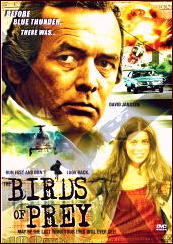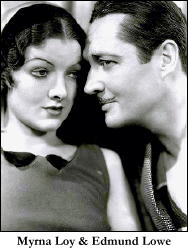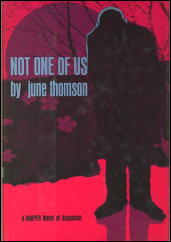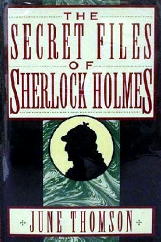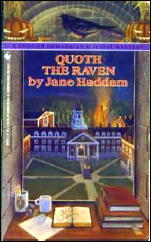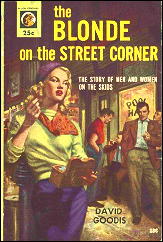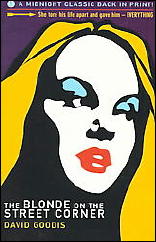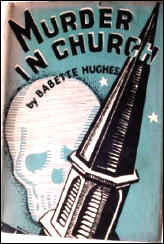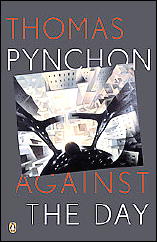Reviewed by DAVID L. VINEYARD:
GEORGES SIMENON – Maigret and the Enigmatic Lett.
First published as The Strange Case of Peter the Lett: Hurst, UK. hardcover, 1933. First US edition: Covici Friede, hardcover, 1933. Translation of “Pietr-le-Letton” (Fayard: Paris, 1931). Also published as: Maigret and the Enigmatic Lett, Penguin, pb, 1963.
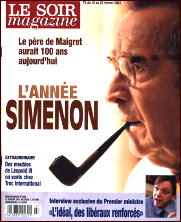
Superintendent Maigret, of No. 1 Flying Squad, looked up from his desk; he had the impression that the iron stove which stood in the middle of his office, with its thick black pipe sloping up to the ceiling, was not roaring as loudly as it should. He pushed aside the paper he had been reading, rose ponderously to his feet, adjusted the damper and threw in shovelfuls of coal.
Then standing with his back to the stove, he filled a pipe, and tugged at his shirt collar; it was a low one, but felt too tight.
And so we meet Jules Maigret in his too small office in the Quai des Orfevres, a large and deliberate man who always seems a little outside of his environment, a little uncomfortable in it.
The first of Maigret’s cases finds the good Commissar at the top of his game. Pietr the Lett is an international criminal that Interpol identifies as headed for Paris. Maigret heads for the train station at the Gare du Nord to intercept Pietr only to find a man fitting his description dead in the train toilet.
Inside the dead man’s pocket Maigret finds a photograph and a lock of red hair. Maigret and his man Torrence lunch at the Brasserie Dauphine behind the Place de Justice for the first time and discuss the case. It will become a familiar scene. Is Pietr dead, or two men — or more? Soon a virtual army of Pietr’s aliases present themselves.
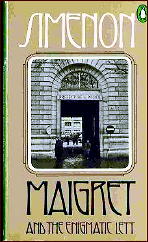
With the help of the police lab at Quai de Orfevres, Maigret is lead to a couple, the Mortimer-Levinson’s, staying at the Hotel Majestic, millionaires and friends of one Oswald Oppington, and he follows the trail of one Olaf Swann, a Norwegian merchant marine officer to Mme Bertha Swann living in Fecamp.
Maigret has his man Torrence posted at the hotel and he travels to Fecamp where he follows a Russian, Fedor Yurovich, a Russian drunk, back from Mme Swann’s to the Jewish Quarter of Paris where he is living with a dancer, Anna Gorskin, physical age 25, but with a much older and more tarnished soul:
Her hair was greasy and unkempt, hanging down to her shoulders in thick strands. She wore a shabby dressing gown, which hung open, showing her underwear. Her stockings were rolled down past her podgy knees.
For the first time we see Maigret in his familiar form, cold, wet, and tired, even his famous pipe wet watching the goings and comings of the criminal classes. He is watching and waiting. He is biding his time, and soon he will act. But only when the time is right.
Later Maigret is wounded while following the Mortimer-Levinson’s from a night club. He rushes to the Hotel Majestic to find Torrence murdered, both attacks the work of the dancer Anna Gorskin.
Now Maigret tightens his web in the pursuit of the Lett, who has re-emerged, and finally tracks down the killer, revealing the mystery of the enigmatic criminal known as Pietr the Lett. Maigret, taking a note from the classical detective novel, allows the defendant an easy out.
The second bottle had a little rum left in it. The Superintendent picked it up. It clinked against the glass as he poured.
He drank slowly. Or rather he pretended to drink. He was holding his breath.
At last the report came. He drained the glass at one gulp.
And then he goes home to Mme Maigret. Until the next case.
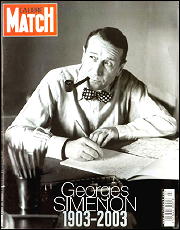
From the beginning Maigret is something different. The writing is controlled and succinct. There is little extra verbiage, and Maigret himself is not given to colorful action or dress. He is a drab policeman enshrouded in a fog of pipe smoke, sipping Calvados, a beer, or a glass of Pernod at some small brassierie, steady, patient, and as inevitable as the dawn as he moves forward toward the truth through the lies, self delusion, and human frailties of the men and women he must investigate and pursue.
It would perhaps be an exaggeration to suggest in the course of an enquiry, cordial relations often develop between the police and the individual from whom they are trying to obtain a confession.
But unless the criminal is a soulless brute, a kind of intimacy almost always grows up.
This is the famous method of Maigret, the gradual cajoling, bullying, empathizing with the suspect as he uncovers the truth one layer at a time.
This is Maigret as Hemingway first encountered him, writing as Sim or sometimes Simenon, a Belgian journalist whose stories flowed from his pen in seeming endless progression growing darker, deeper, and more psychologically complex as time passes.
The Maigret novels invite us into a world that is at once familiar and foreign. Like Holmes’s London or Chandler’s L.A., Maigret’s Paris is a living place, a character itself, and realized so deftly that though in the background it is ever present in our unconscious mind.
But few debuts in crime fiction are as assured and complete as this one, and the remarkable thing is that it is the same voice and the same character we will know so much more about some eighty books later. Maigret, unlike many great fictional characters, comes to life fully formed sprung from the forehead of Simenon complete and instantly recognizable.
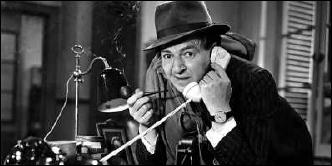
Few great detectives emerge so fully imagined on their first outing. For most there are stumbles, missteps, false starts. But Maigret, pipe puffing away, is here, as always, one with his world and ours, patiently nursing a glass of Calvados, his pipe smoke curling about him, his overcoat a bit too heavy for the weather, his great mind waiting to leap upon the truth, his great soul ready to embrace the frailties of the human beings he must deal with on a daily basis. This, too, is the method of Maigret.
Note: While I don’t think this book was adapted as one of the Maigret films. it was adapted as as an episode of at least three of the many international television series based on the character, including the best known British series with Rupert Davies (see above).
